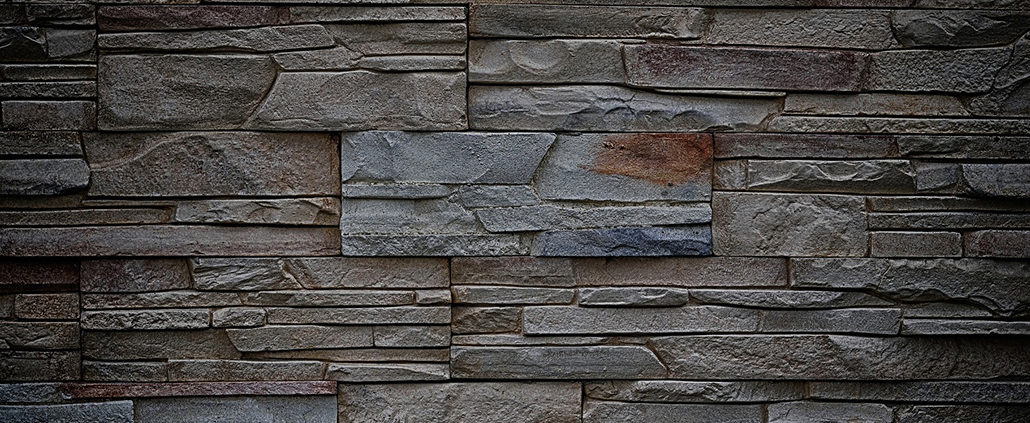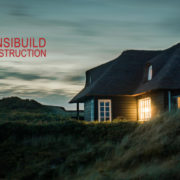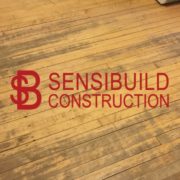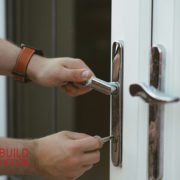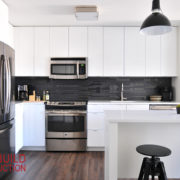Do I Need A Retaining Wall?
Retaining walls are often the unsung heroes of landscaping; they are built around so many homes, schools, and commercial areas that they often escape the notice of many people. It’s possible that you could use one on your property, too, and this realization might not hit you until it’s absolutely necessary – which could mean it’s too late!
What’s The Purpose Of A Retaining Wall?
 Retaining walls are usually erected at the bottom of a slope to add some extra protection to a property from the downhill movement of earth. Gravity and erosion cause soil and rock to fall, no matter how steep the slope; the retaining wall prevents this by offsetting the slope’s lateral force. First and foremost, it must be able to provide this function when built, whatever the material or however the wall looks.
Retaining walls are usually erected at the bottom of a slope to add some extra protection to a property from the downhill movement of earth. Gravity and erosion cause soil and rock to fall, no matter how steep the slope; the retaining wall prevents this by offsetting the slope’s lateral force. First and foremost, it must be able to provide this function when built, whatever the material or however the wall looks.
A retaining wall has some additional benefits, though. It can be used to level out a slope, making landscaping and yard work easier. It can stop the downward flow of surface and subsurface water, helping to protect your foundation, prevent yard flooding, and preventing soil erosion in your garden. It can even beautify your property and provide extra seating areas! So how do you know if you need one?
Do I Need A Retaining Wall?
When considering a retaining wall, the landscape, size of the yard, and what you want to use your yard for must all be considered:
Your home is downhill: The most important function of a retaining wall is to protect your property – whether it’s your lawn, your garden, a pool or another body of water – from the downward forces of gravity. Materials brought down by erosion can clog and clutter your property, and you might not be able to control it otherwise.
You want to decrease the angle of a slope in your yard: Even if a slope doesn’t pose a threat to your home, you might want to flatten it out as part of your landscaping. It can make yard work easier, or help you change the look of the yard to your satisfaction.
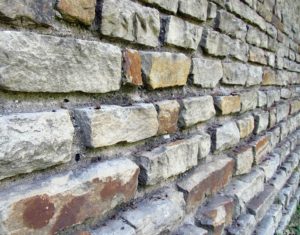
You want to use more of your property: The retaining wall has been used since time immemorial to reclaim land – think of the rice fields of Southeast Asia. If you want to expand a garden and reclaim deeply sloped land, a retaining wall can leap. You want to protect your foundation: Gravity and erosion don’t just affect lawns and gardens – they can severely impact the structure of your home and the foundation, too. If you’re downhill, the soil that could washing around it can put pressure on the walls, causing cracks and weaknesses. A deep retaining wall can add some extra protection even if the slope is slight.
What Will The Retaining Wall Look Like?
If you need a retaining wall, one positive thing is that you can choose what it will look like. Natural stone, poured concrete, interlocking blocks, and even wood can be used to build an effective wall. Some materials, like timber, are more cost-effective than others, but you can choose whatever looks best for your property.
Call a certified contractor if you think a retaining wall is necessary. If the wall is installed improperly and without a draining mechanism, it could lean, or the material could crack and bulge. This wall should be built to last for decades, even a lifetime!

